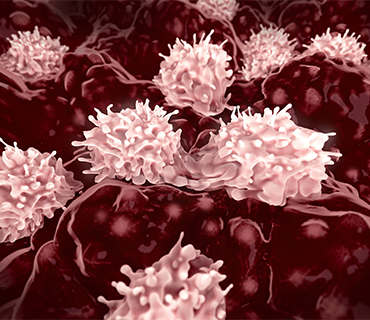PRP / Stem Cell Injections

Two of the most promising and effective treatments for a wide variety of medical problems are platelet-rich plasma (PRP) therapy and stem cell treatment. While the two procedures have much in common, there are also key differences to understand about each treatment.
Human blood is composed of platelets, white cells, red cells, and plasma. By removing a high concentration of platelets from plasma, the provider can then use this “platelet-rich plasma” by injecting it into the body to treat a number of different conditions.
PRP therapy works because the body’s blood platelets contain vast amounts of natural growth factors and other assistive nutrients like cytokines and regenerate proteins. This stimulates tissue and bone matter into a faster growth pattern.
The main difference between PRP and stem cell treatment is how the cells are obtained. PRP therapies begin with a simple blood draw followed by the separation of the sample in a centrifuge. At this stage, the doctor adjusts the platelet-rich plasma sample so that it suits the patient’s particular condition. Lastly, medical professionals inject the PRP into the site of the pain or injury.
PRP therapies are used to treat a variety of injuries and conditions and are an essential treatment for many unable or unwilling to undergo surgery. For the most part, it is acute conditions that respond best to PRP therapy.
Stem cells, on the other hand, are taken from the body’s fat cells or, in some cases, bone marrow. One of the uniquely powerful characteristics of stem cell treatment is that it can help cartilage to regrow and can assist the body’s process of healing joints that suffer from arthritis.
The “adult” stem cells are able to act in place of just about any other kind of growth agent in the body, meaning that they can essentially initiate growth and regeneration nearly anywhere they are located. For this reason, stem cells are usually more effective when treating chronic conditions.
